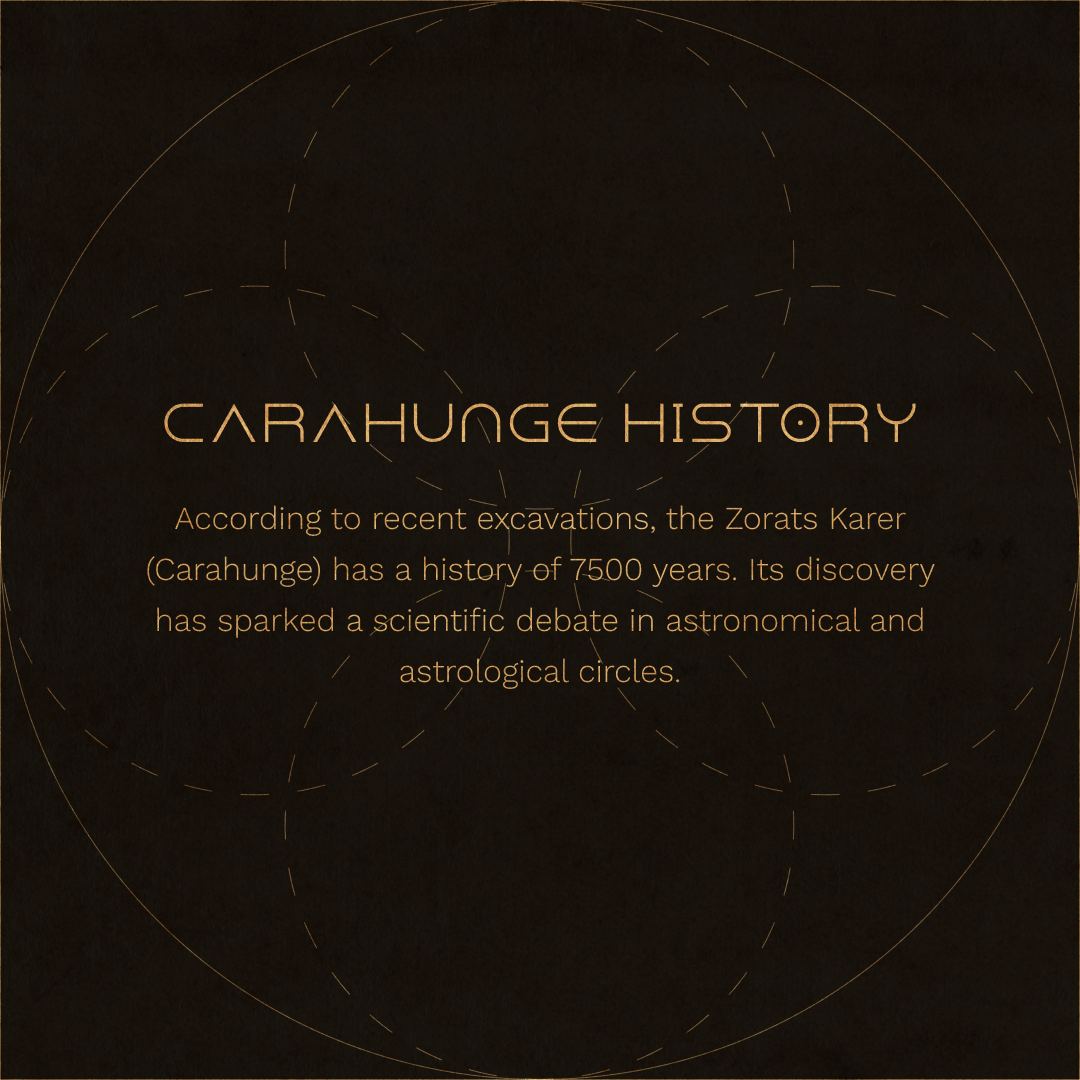The project “Realm of Historia” recently announced its intentions to make strides in preserving Armenian cultural heritage through leveraging the use of blockchain technology and nonfungible tokens (NFTs).
In a departure from conventional methods, this initiative seeks to digitize historical artifacts and physical historical sites, starting with the “Realm of Historia: Carahunge X” digital asset collection.
Cointelegraph spoke with the two creators of Realm of Historia, Ivan Grantovsky and Ivan Krylov, about how emerging technologies can preserve culture and connect new generations with history.
At the core of Realm of Historia’s effort is the application of Solana blockchain, which the two developers said was chosen for efficiency and transparency purposes.
Krylov said part of the inspiration for creating a platform is the lack of engaging platforms that digitally present cultural heritage and are transparent with how to participate philanthropically.
“This is the part for technology to solve this problem. The technology we’re talking about is the blockchain because it provides a solution for the lack of transparency.”
The collection “Realm of Historia: Carahunge X” aims to digitize the tangible essence of the Carahunge site, known as the Stonehenge of Armenia, which dates back to 5487 BC. All the NFTs in the collection combine art and digital versions of the stones from the physical site.
In addition to digitizing pieces of cultural heritage, the project also aims to support local artists in Armenia and has collaborations with entities like the Yerevan Biennial Art Foundation (YBAF), A1 Art Space, and Latitude Art Space.
1 | Born in Yerevan, Armenia, amidst a family of artists, Lilit Eghiazaryan’s journey in the realm of art was predestined pic.twitter.com/LEwznJfVB5
— Realm of Historia (@RealmofHistoria) December 8, 2023
The founders of Realm of Historia said they see this project playing a pivotal role in bridging cultural divides, empowering local artists, and showcasing Armenia’s cultural richness through emerging tech.
“The most important thing is that our projects are about the real life impact, that you do something digitally and it impacts the real world.”
Related: How generative AI allows one architect to reimagine ancient cities
The project has a physical-digital aspect in the form of a QR code accompanying each NFT that can be…
Click Here to Read the Full Original Article at Cointelegraph.com News…
























